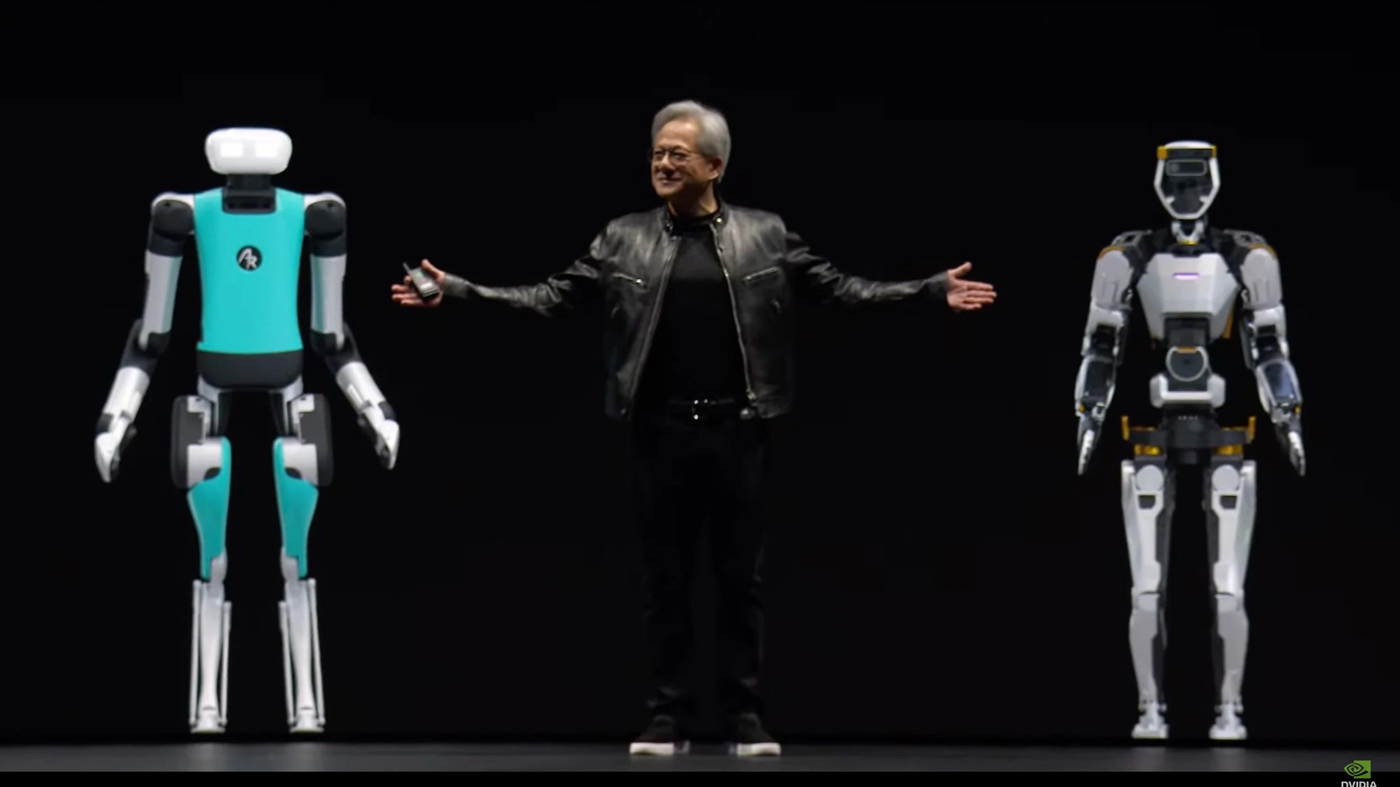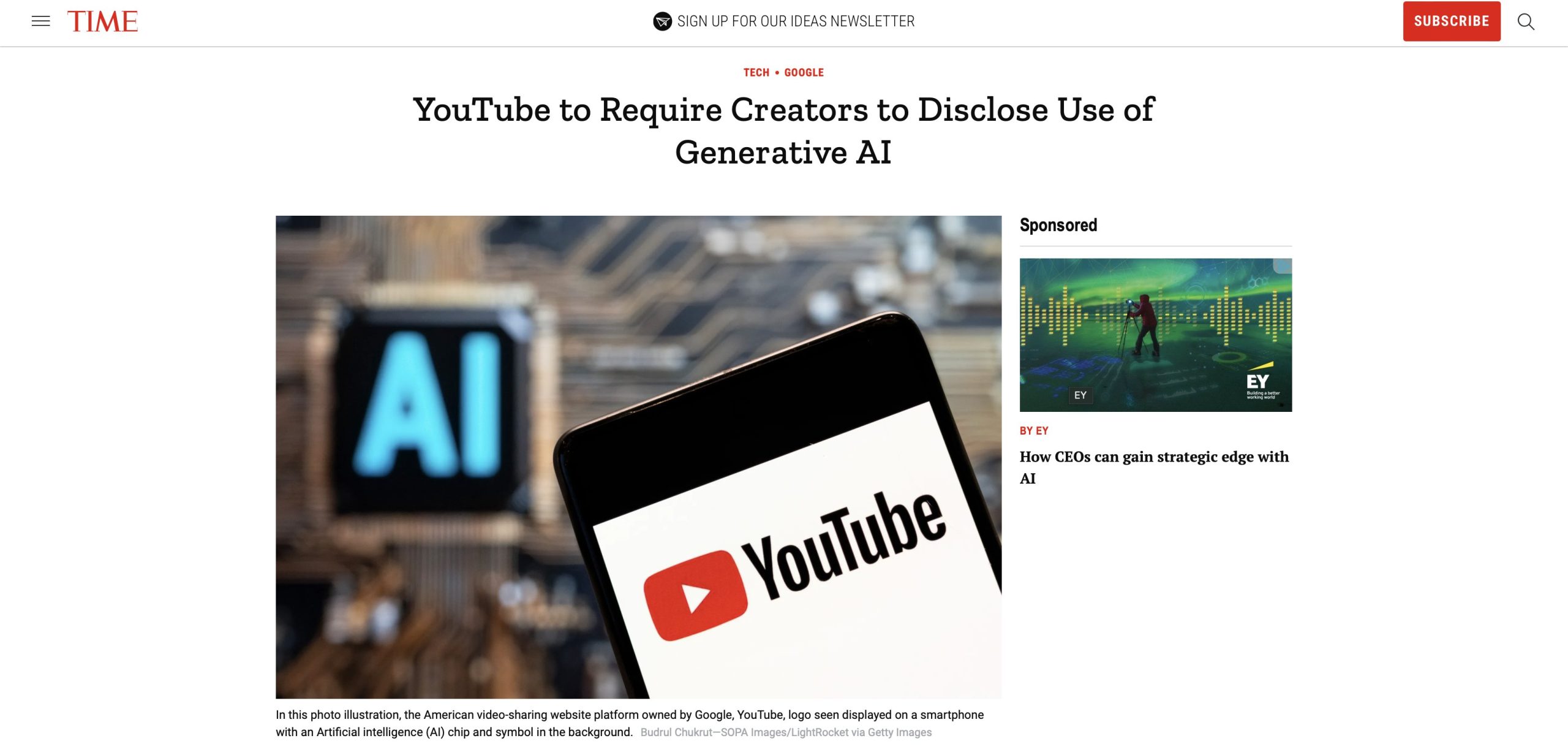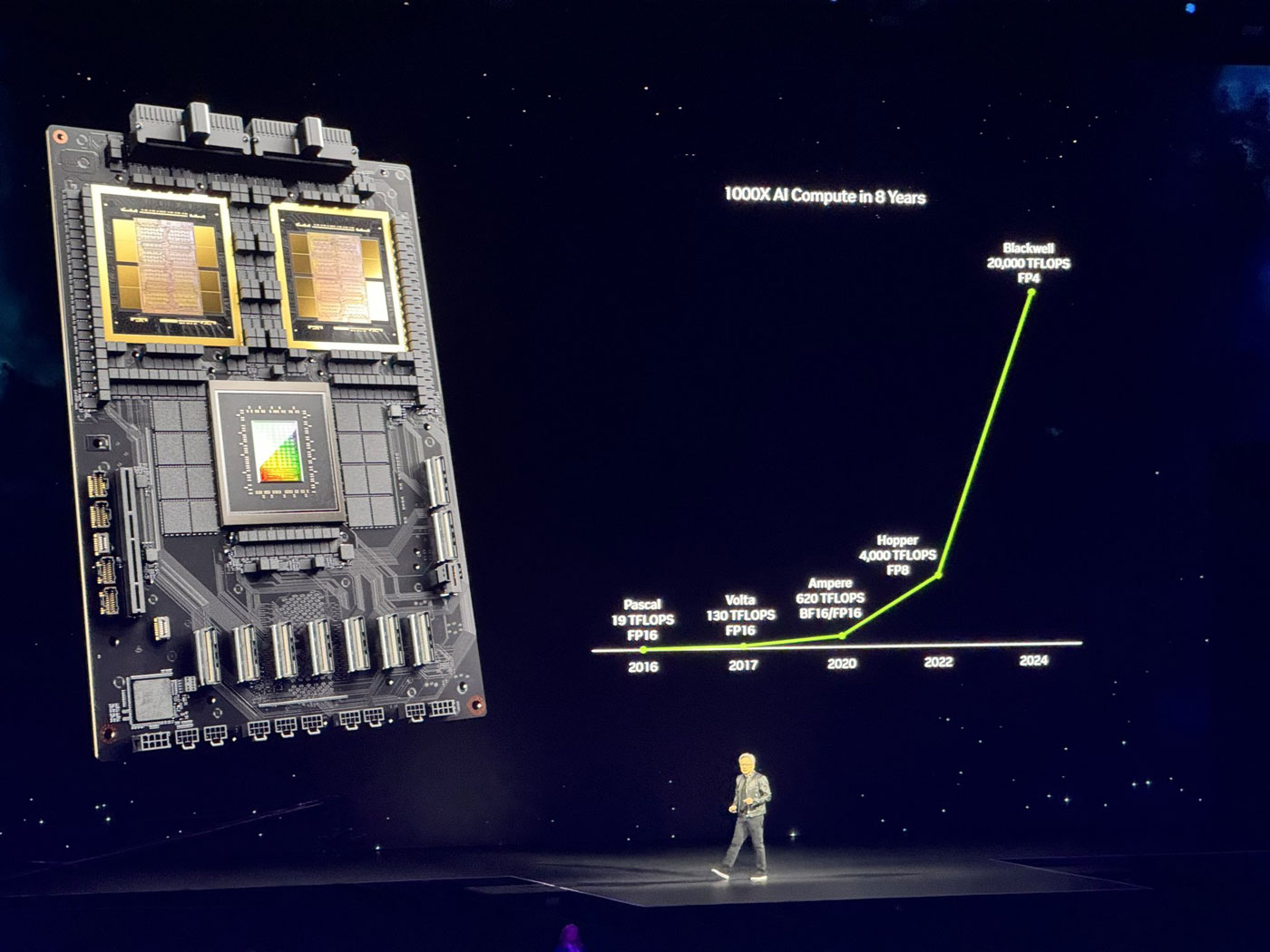OpenAI’s model creating harmful images, says Microsoft staff
A recent event has cast a spotlight on the potential risks associated with powerful new artificial intelligence (AI) tools used for image generation. A Microsoft employee, Shane Jones, has raised concerns about the ability of OpenAI’s DALL-E 3, an underlying technology used in Microsoft’s Copilot Designer, to generate harmful images, including those of a violent and sexual nature.
Shane Jones, an AI engineering lead, claims that despite safety measures in place, DALL-E 3 exhibits “systemic issues” that can lead to the creation of inappropriate content, particularly when certain prompts are used. He further alleges that his attempts to raise these concerns internally at Microsoft were met with resistance, prompting him to escalate the issue to the Federal Trade Commission (FTC).
This incident has sparked a crucial conversation about the potential pitfalls of AI technology, particularly in the realm of content creation. Here are some key points to consider:
The Potential for Harm: AI models are trained on massive datasets of images and text, and potential biases or harmful content within that data can be reflected in their outputs. In the case of image generation, this could lead to the creation of discriminatory, offensive, or even illegal content.
The Importance of Safeguards: While AI developers implement various safety measures like filtering training data and employing content moderation algorithms, these systems aren’t foolproof. Constant vigilance and improvement are crucial to mitigate the risks associated with harmful content generation.
Transparency and Responsibility: It’s essential for companies developing and deploying AI models to be transparent about their capabilities and limitations. Additionally, they must take responsibility for addressing potential harmful outputs and hold themselves accountable for the ethical implications of their technology.
The Future of AI: This incident underscores the need for ongoing dialogue and collaboration between developers, policymakers, and the public to ensure the responsible development and use of AI. As AI technology continues to evolve, it’s crucial to address these concerns proactively to harness its potential for positive change while mitigating any potential risks.
It’s important to note that OpenAI disagrees with some of Jones’ claims, stating they have implemented safeguards and continue to work on improving safety measures. The situation highlights the ongoing debate about balancing innovation with responsible AI development, requiring ongoing engagement from all stakeholders involved.





